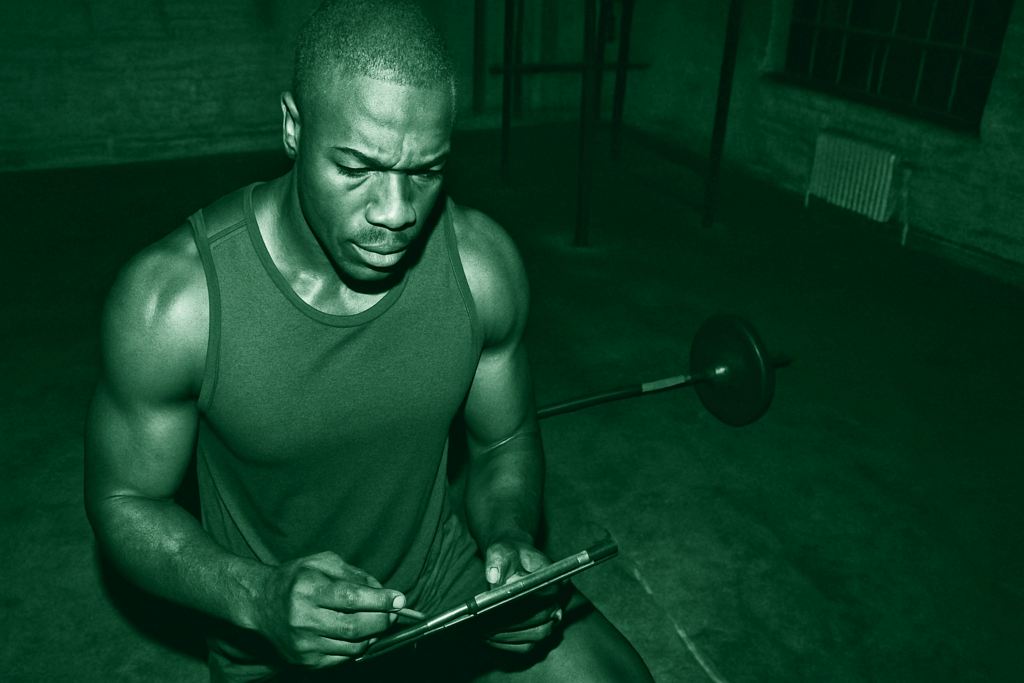Why Strength Training Still Dominates in 2026
No fluff here if you’re an athlete, strength training isn’t optional. It’s the foundation behind raw power, top end speed, and durability when it counts. Without it, good luck making it through a full season unscathed, let alone peaking when it matters most.
Smart, progressive strength work is the name of the game. That means consistently challenging your body with loaded, functional movement not aimless curls or high rep fluff. Whether it’s the off season or the heat of playoff prep, resistance training improves your performance window and keeps injury odds lower.
The best routines are built around compound lifts that move weight efficiently and mimic sport relevant actions. Think squats, deadlifts, and presses not just machines. Add mobility work, sport specific movement patterns, and actual rest, and you’ve got a formula that not only builds an athlete, but keeps one on the field. Consistency. Simplicity. Execution. That’s how you win.
Front Squat
The front squat is all about control and alignment. By shifting the barbell to the front of your shoulders, you’re forced to stay upright, firing up your quads and core more than a traditional back squat. It’s a clean lift that favors joint health and posture ideal for athletes with tight hips or shoulder limitations.
Unlike the back squat, the front loaded position reduces lower back stress and demands better mobility in the ankles, wrists, and thoracic spine. It’s not flashy, but it’s brutally effective.
For most athletes, moderate reps (think 6 10 per set) work best enough volume for muscle growth and endurance, but still taxing enough strength wise. Whether you’re training for power, stability, or better movement patterns, the front squat deserves a permanent spot in your rotation.
Don’t Train in a Vacuum

Strength training alone won’t carry you to peak performance. What happens outside the gym how you recover, how you eat matters just as much as the lifts you grind through. Overtraining without proper recovery leads to stalled progress and injury. Skipping carbs or cutting calories too hard? Say goodbye to consistent gains.
Dial in your sleep. Build in active recovery days. And don’t treat food like an afterthought treat it like fuel. Balanced meals with enough protein, carbs, and micronutrients are non negotiable if you’re pushing hard.
Want to dig deeper? Check out The Role of Nutrition in Sports Performance and Recovery for specifics on how to support your training when you step away from the weights.
Final Tips for Athletes in 2026
Stop training on autopilot. The best athletes build their seasons with purpose. That means periodizing breaking the year into training blocks that match your competition schedule. Off season? Build strength and work on your weak links. Pre season? Shift focus toward power, explosiveness, and speed. In season? Maintain what you’ve built with tighter volume and prioritize recovery. No more guessing. Have a plan, and adjust it as the body talks back.
Next, stop chasing numbers without control. Movement quality matters more than raw load. Are you maintaining solid form under fatigue? Can you move with stability and intent? Numbers lie if you can’t move well. Film your lifts. Get feedback. Make adjustments before piling on plates.
And above all master the technique. Not for one rep. Not for a week. Master it, always. Whether you’re pressing, cleaning, or squatting, sound mechanics build long term gains and prevent the kind of injuries that wipe out entire seasons. Flashy lifts mean nothing if they break you down. Precision wins.
Train smart. Move well. Repeat.
